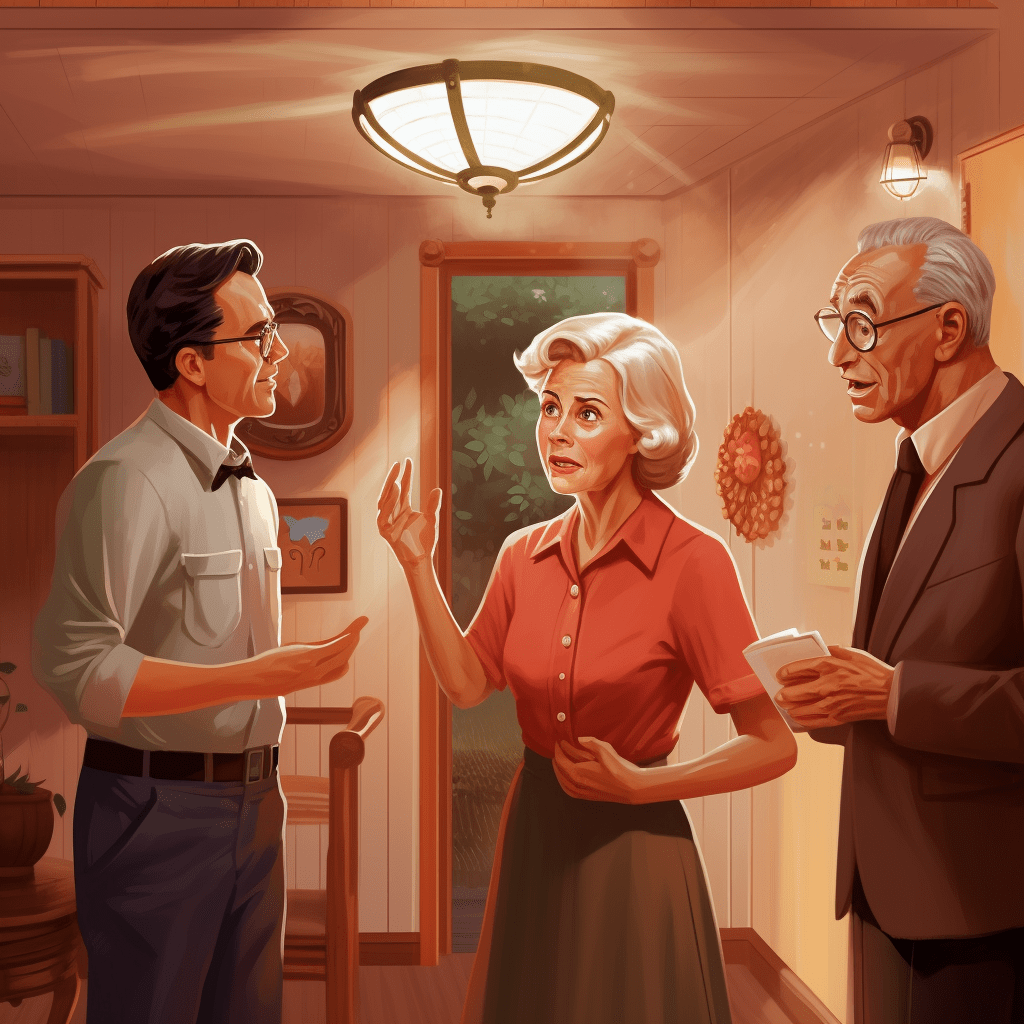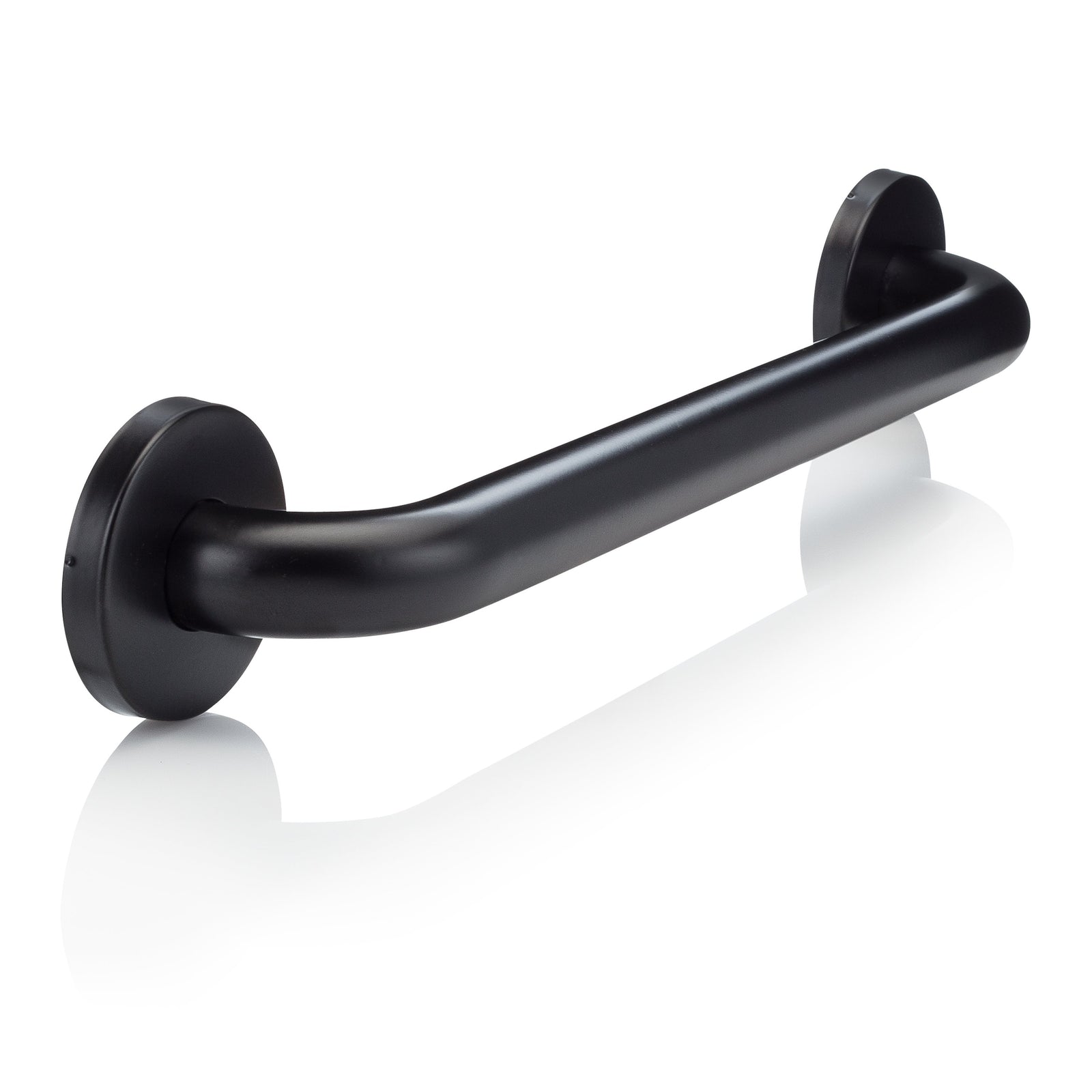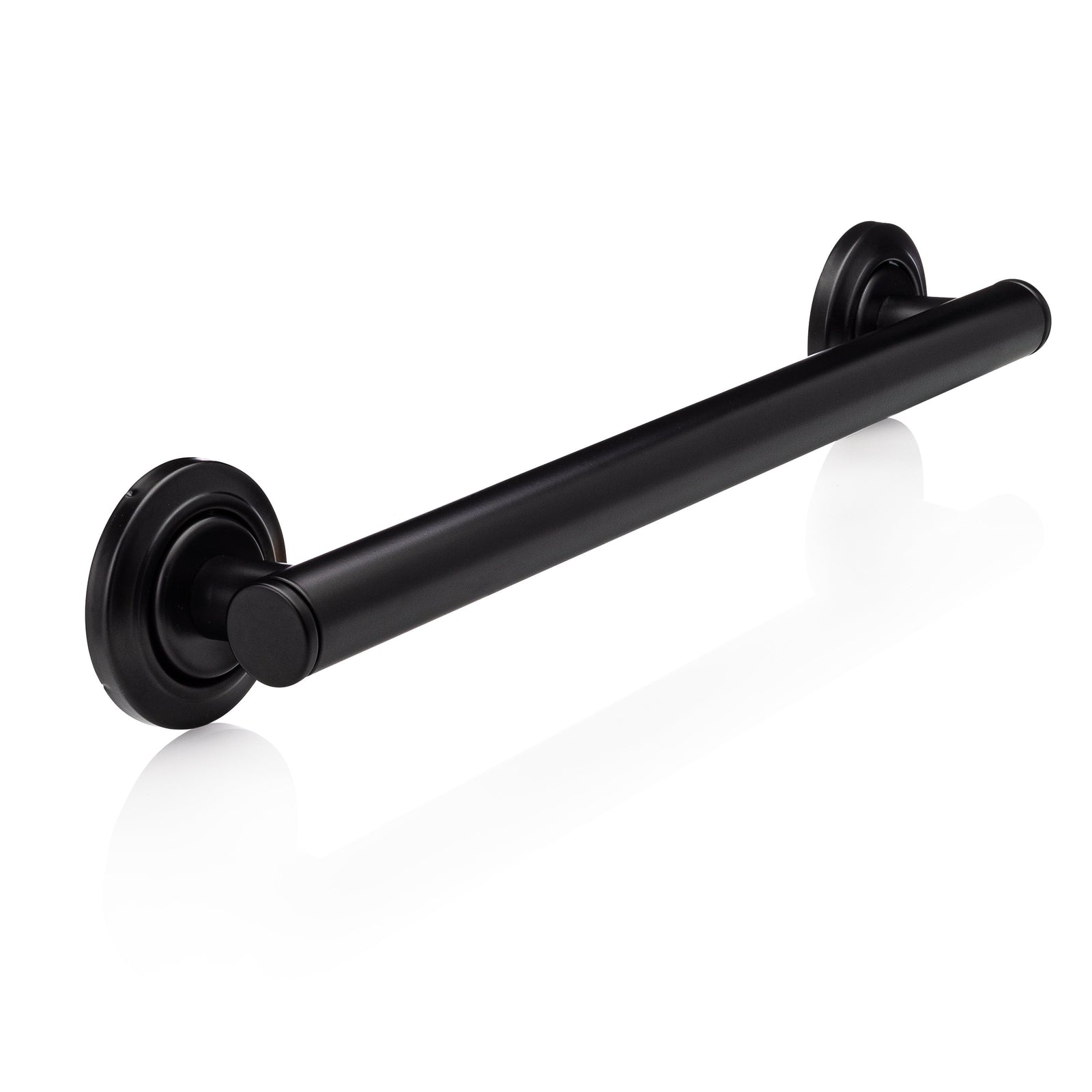Ensuring the safety and well-being of Alzheimer's patients is of utmost importance, especially within the familiar environment of their own homes. Accidents can happen in an instant, and caregivers and loved ones face the challenging task of creating a safe and secure living space for those with Alzheimer's. This article aims to provide practical and effective home safety tips specifically tailored to the unique needs of Alzheimer's patients. By implementing these measures, we can not only prevent accidents but also promote independence and enhance the quality of life for individuals living with this condition. From installing motion sensor lights to securing hazardous objects, we will explore a range of strategies that can be easily implemented to create a safe and supportive environment. Join us as we delve into this important topic and discover how we can make a difference in the lives of those with Alzheimer's.

Understanding Alzheimer's disease and its impact on home safety
Alzheimer's disease is a progressive, neurodegenerative disorder that affects memory, thinking, and behavior. As the disease advances, individuals with Alzheimer's face difficulties with their cognitive abilities, making them more prone to accidents and injuries. The decline in memory and judgment can lead to confusion, disorientation, and an increased risk of falls, burns, and other accidents within the home.
It is essential to understand the specific challenges that Alzheimer's patients face to create a safe and secure environment for them. By recognizing the impact of the disease on their abilities and behavior, caregivers can take proactive steps to prevent accidents and promote independence in daily activities. Some common challenges include difficulty with spatial awareness, impaired judgment, and a tendency to wander. With this understanding, we can develop effective strategies to address these issues.
The importance of home safety for Alzheimer's patients
Home safety plays a crucial role in the overall well-being and quality of life for individuals with Alzheimer's. By creating a safe living environment, we can minimize the risk of accidents, reduce caregiver stress, and enhance the independence and dignity of Alzheimer's patients. A safe home environment not only prevents injuries but also provides a sense of security and familiarity for individuals with Alzheimer's, allowing them to navigate their surroundings with confidence.
Without adequate safety measures, Alzheimer's patients may be exposed to various hazards within their homes, such as slippery floors, unsecured objects, and potential sources of fire. Addressing these risks and implementing appropriate modifications can significantly reduce the likelihood of accidents and create a supportive environment that promotes independence and well-being.
Common accidents and hazards for Alzheimer's patients at home
Alzheimer's patients are vulnerable to a range of accidents and hazards within their homes. Some of the most common include falls, burns, poisoning, and wandering. Falls can occur due to impaired balance and coordination, as well as difficulty recognizing obstacles or changes in surface levels. Burns may result from forgetting to turn off stovetops or hot water faucets. Accidental poisoning can happen when medications or cleaning products are misused or mistaken for food or beverages. Wandering poses a significant risk, as Alzheimer's patients may become disoriented and wander outside, putting themselves in danger.
Understanding these potential hazards is crucial for implementing effective safety measures. By addressing these risks head-on, caregivers can create a secure environment that minimizes accidents and maximizes the well-being of Alzheimer's patients.
Creating a safe and secure environment for Alzheimer's patients
To create a safe and secure environment for Alzheimer's patients, it is essential to assess the home for potential hazards and make appropriate modifications. Here are some key strategies to consider:
1. Remove tripping hazards: Clear walkways of any clutter, loose rugs, or furniture that could trip an individual with Alzheimer's. Secure rugs with non-slip backing or remove them altogether to reduce the risk of falls.
2. Install handrails and grab bars: Install handrails along staircases and in bathrooms to provide stability and support. Grab bars near toilets and in the shower can help prevent falls.
3. Secure hazardous objects: Lock away potentially dangerous items such as sharp objects, cleaning supplies, and medications. Use childproof locks on cabinets and drawers to prevent access.
4. Install motion sensor lights: Place motion sensor lights in hallways, bathrooms, and other commonly used areas to provide adequate lighting and reduce the risk of falls during the night.
5. Use stove and appliance safety features: Install stove guards to prevent accidental burns and use appliances with automatic shut-off features to minimize the risk of fire or injury.
6. Label important areas and objects: Label doors, drawers, and cabinets with pictures or words to aid in orientation and help individuals with Alzheimer's find what they need independently.
7. Consider door/window alarms: Install alarms on doors and windows to alert caregivers when an individual with Alzheimer's attempts to leave the house unattended.
8. Utilize technology: Explore wearable devices or GPS trackers that can help locate a loved one with Alzheimer's in case of wandering.
By implementing these modifications, caregivers can create a safe and supportive home environment that promotes independence and reduces the risk of accidents for individuals with Alzheimer's.
Essential home safety modifications for Alzheimer's patients
When it comes to modifying the home for Alzheimer's patients, certain areas require particular attention to ensure safety and functionality. Let's explore some essential home safety modifications for key areas:
The bedroom and bathroom are two areas where accidents are more likely to occur due to factors such as falls and wandering. Here are some tips for creating a safe environment in these spaces:
- Secure the bed: Use bed rails or position the bed against a wall to prevent falls during sleep. Ensure the mattress is comfortable and at a suitable height for easy access.
- Install nightlights: Place nightlights in the bedroom and bathroom to provide visibility during the night and reduce disorientation.
- Remove locks: Consider removing locks from bedroom and bathroom doors to prevent individuals with Alzheimer's from accidentally locking themselves in or out.
- Use contrasting colors: Use contrasting colors for bathroom fixtures, such as the toilet seat and bathtub, to help individuals with Alzheimer's distinguish between different surfaces.
- Install non-slip mats: Place non-slip mats in the bathtub and shower to prevent slips and falls. Use a shower chair or bench for added stability and comfort.
- Adjust water temperature: Install anti-scald devices on faucets to regulate water temperature and prevent burns.
By implementing these modifications, caregivers can create a safe and comfortable space for individuals with Alzheimer's to rest and carry out their personal hygiene routines.
Kitchen safety tips for Alzheimer's patients
The kitchen is another area that requires careful attention to prevent accidents and promote independence. Here are some kitchen safety tips for Alzheimer's patients:
- Remove potentially dangerous appliances: Store appliances such as knives, blenders, and hot plates in locked cabinets to prevent accidents.
- Label kitchen items: Label drawers and cabinets with pictures or words to help individuals with Alzheimer's locate utensils, dishes, and food items independently.
- Disable stove knobs: Consider installing stove knob covers or removing stove knobs altogether to prevent accidental use and reduce the risk of burns or fires.
- Supervise cooking activities: If individuals with Alzheimer's wish to participate in cooking, provide close supervision and assistance to prevent accidents and ensure their safety.
- Keep a fire extinguisher nearby: Install a fire extinguisher in the kitchen and ensure caregivers know how to use it in case of emergencies.
By implementing these safety measures, individuals with Alzheimer's can continue to engage in daily activities in the kitchen while minimizing the risk of accidents.
Living room and common area safety tips for Alzheimer's patients
The living room and common areas are spaces where individuals with Alzheimer's spend a significant amount of time. Here are some safety tips for these areas:
- Arrange furniture strategically: Create clear pathways by arranging furniture in a way that allows individuals with Alzheimer's to move around safely and comfortably.
- Remove unstable furniture: Secure or remove unstable furniture, such as wobbly chairs or tables, to prevent falls and injuries.
- Cover sharp corners: Use corner guards or cushioned edge protectors to cover sharp corners of furniture to minimize the risk of injuries from collisions.
- Ensure comfortable seating: Choose chairs and sofas that provide adequate support and comfort for individuals with Alzheimer's, reducing the risk of falls and discomfort.
- Minimize distractions: Remove excessive clutter, loud noises, and distracting elements from common areas to create a calm and soothing environment.
By creating a safe and comfortable living room and common areas, individuals with Alzheimer's can enjoy social interactions and engage in activities with reduced risk of accidents.
Outdoor safety considerations for Alzheimer's patients
Outdoor areas pose unique challenges for individuals with Alzheimer's, as they may become disoriented or wander away from home. Here are some outdoor safety considerations:
- Install secure fencing: Secure the perimeter of the property with a locked gate or fence to prevent individuals with Alzheimer's from wandering away unsupervised.
- Create a safe outdoor space: Designate a secure outdoor space, such as a patio or garden, where individuals with Alzheimer's can enjoy fresh air and sunlight while remaining safe.
- Use visual cues: Place large, clear signs with the home address and contact information near the front door to assist in case an individual with Alzheimer's wanders away and needs help finding their way back.
- Supervise outdoor activities: Always supervise individuals with Alzheimer's when they are outdoors to ensure their safety and prevent wandering.
By implementing these outdoor safety measures, caregivers can strike a balance between allowing individuals with Alzheimer's to enjoy the outdoors while minimizing the risks associated with wandering.
Communicating with Alzheimer's patients about home safety
Effective communication is essential when discussing home safety with individuals with Alzheimer's. Here are some tips for communicating about home safety:
- Use simple language: Keep instructions clear and concise, using simple language that is easy to understand.
- Demonstrate and repeat: Show individuals with Alzheimer's how to perform safety-related tasks, and be prepared to repeat instructions as necessary.
- Be patient and understanding: Allow extra time for individuals with Alzheimer's to process information and respond. Patience and understanding can help reduce frustration for both caregivers and individuals with Alzheimer's.
- Use visual aids: Utilize visual aids, such as pictures or step-by-step guides, to support verbal instructions and reinforce understanding.
- Focus on positive reinforcement: Encourage and praise individuals with Alzheimer's for their efforts in maintaining home safety, reinforcing their sense of independence and accomplishment.
By adopting effective communication strategies, caregivers can ensure that individuals with Alzheimer's understand the importance of home safety and actively participate in maintaining a secure environment.
Seeking professional help for home safety assessments and modifications
While this article provides valuable home safety tips, it is important to recognize that each individual with Alzheimer's has unique needs and challenges. Seeking professional help from occupational therapists, home safety experts, or healthcare professionals can provide personalized assessments and recommendations for home modifications.
These professionals can conduct comprehensive assessments of the home environment, identifying potential hazards and suggesting appropriate modifications based on the specific needs of individuals with Alzheimer's. Additionally, they can provide guidance on assistive devices and technologies that can enhance safety and promote independence.
Conclusion
In conclusion, ensuring the safety and well-being of Alzheimer's patients within their own homes is of utmost importance. By understanding the impact of Alzheimer's disease on home safety, identifying potential hazards, and implementing appropriate modifications, caregivers can create a safe and supportive environment that minimizes the risk of accidents and promotes independence.
From removing tripping hazards and securing hazardous objects to utilizing technology and seeking professional help, there are a range of strategies available to enhance home safety for individuals with Alzheimer's. By adopting these tips and techniques, we can make a significant difference in the lives of those living with Alzheimer's, providing them with a secure and comfortable living environment that allows them to maintain their independence and dignity.














Leave a comment (all fields required)